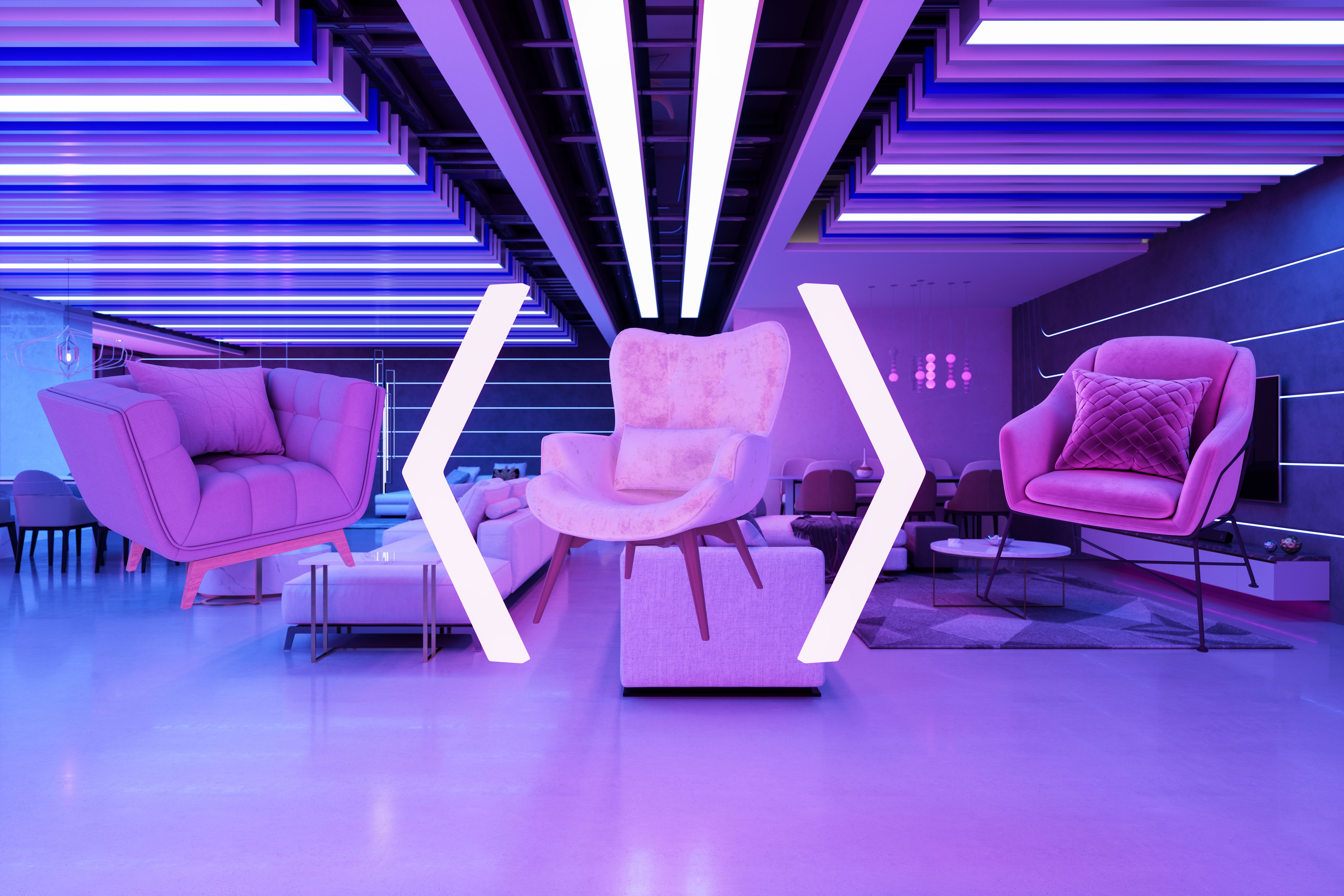The Shift to 3D: Why Furniture Brands Are Moving Away from Traditional Photography
The Rise of 3D Technology in Furniture Marketing
In recent years, the furniture industry has witnessed a significant transformation in how products are marketed and presented to consumers. The shift from traditional photography to 3D technology is not just a trend but a revolution that is reshaping the way brands connect with their audiences. As technology continues to evolve, furniture brands are leveraging 3D rendering to showcase their products in more innovative and interactive ways.

Why 3D Rendering is Gaining Popularity
There are several compelling reasons why furniture brands are increasingly embracing 3D technology. First, it allows for greater flexibility and creativity in showcasing products. Unlike traditional photography, which requires physical setups and can be limited by lighting and space, 3D rendering offers limitless possibilities for customization. Brands can create stunning visualizations that highlight every detail of their products, from texture to color.
Moreover, 3D technology enables brands to present their products in various settings without the need for multiple photoshoots. This versatility is particularly valuable for furniture companies that offer customizable options, as it allows them to demonstrate different configurations and finishes with ease.
Enhanced Customer Experience
The use of 3D technology significantly enhances the customer experience by providing immersive and interactive product visualizations. Customers can explore furniture pieces from every angle, zoom in on details, and even see how items would look in their own homes through augmented reality applications. This level of engagement helps consumers make more informed decisions, ultimately leading to higher customer satisfaction and reduced return rates.

Cost and Time Efficiency
Traditional photography can be both time-consuming and expensive. Organizing photoshoots, managing logistics, and editing images can involve considerable resources. In contrast, 3D rendering streamlines the process by eliminating the need for physical setups and reducing the reliance on external photographers and studios. This efficiency not only saves time but also cuts costs, allowing brands to allocate resources more effectively.
Furthermore, once a 3D model is created, it can be reused and adapted for various marketing purposes, from online catalogs to virtual showrooms, providing long-term value for brands.
Staying Competitive in a Digital World
As e-commerce continues to grow, furniture brands must adapt to the digital landscape to stay competitive. By adopting 3D technology, companies can differentiate themselves from competitors and appeal to tech-savvy consumers who expect a seamless online shopping experience. The ability to offer virtual try-before-you-buy options can be a decisive factor in attracting and retaining customers.

The Future of Furniture Marketing
The shift to 3D is not just about keeping up with technology; it's about setting new standards for how products are marketed and perceived. As virtual and augmented reality technologies advance, the potential for even more immersive experiences will only increase. Furniture brands that invest in 3D now are positioning themselves for future success in an ever-evolving market.
In conclusion, the transition from traditional photography to 3D rendering represents a significant opportunity for furniture brands. By embracing this innovative approach, companies can enhance their marketing strategies, improve customer engagement, and ultimately drive sales in a competitive digital environment.